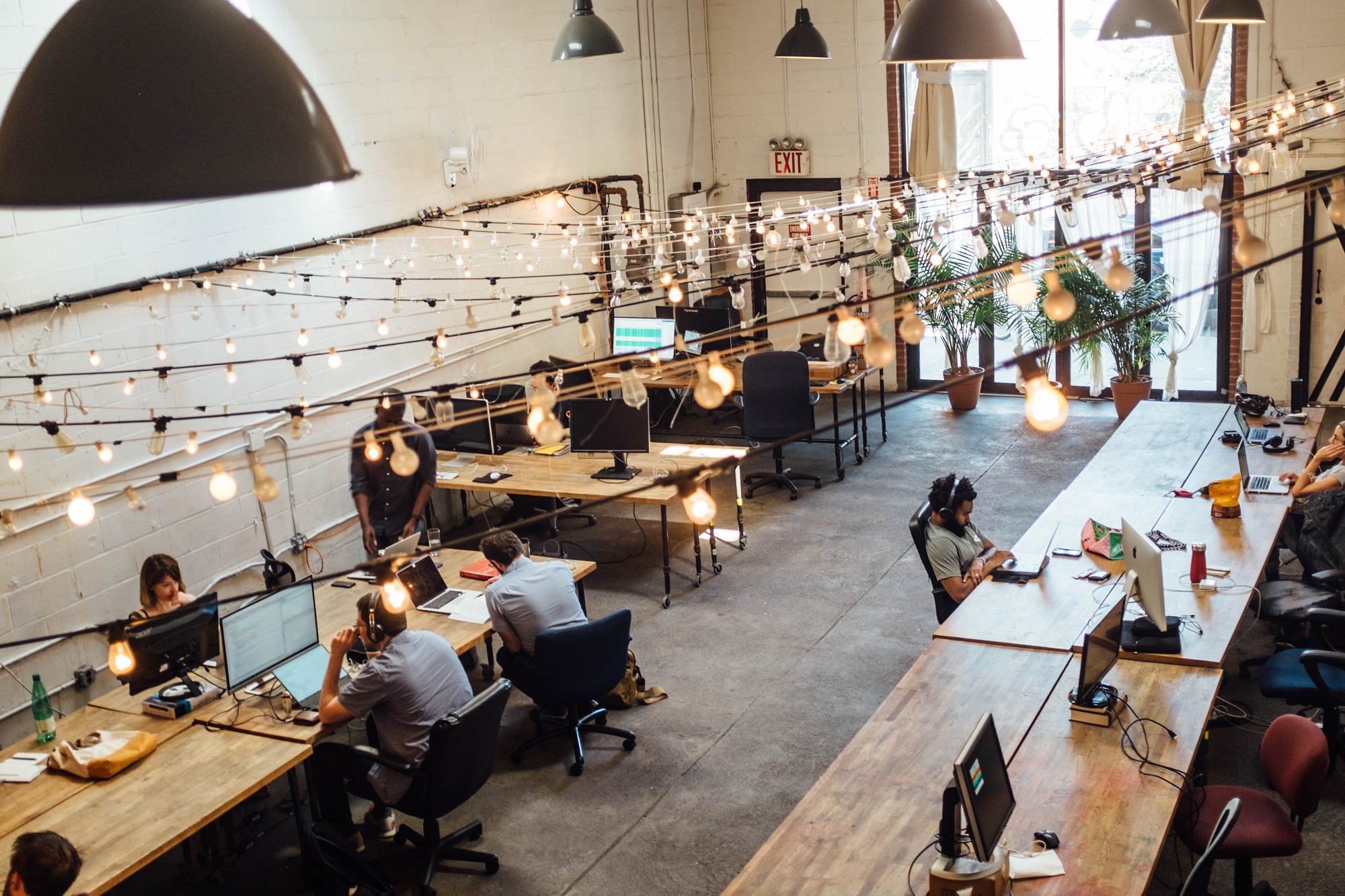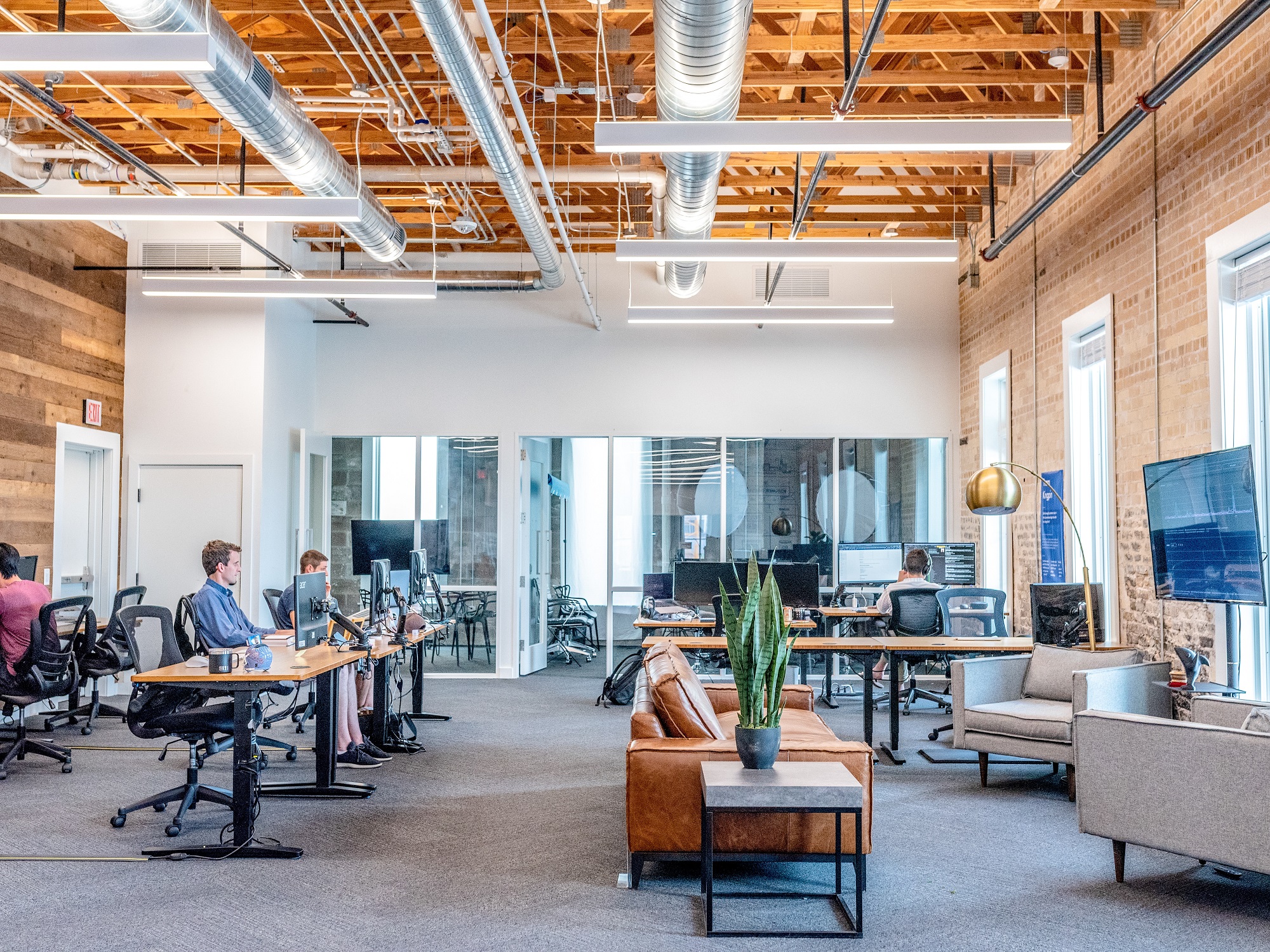Opposites Attract: What Offices And Hotels Should Have In Common
By Tom Carroll, Head of EMEA Corporate research, JLL
Skyscrapers have long been a popular fixture within the cityscape, with their breath-taking views attracting thousands of visitors each year. Though often architecturally and panoramically distinctive in their own right, the most successful attractions are constructed, marketed and advertised as unique, one-of-a-kind experiences for height-hunting tourists. The revenue growth and visitor intake of New York’s Rockefeller Centre, for instance, escalated steeply following the installation of its Top of The Rock Observatory in 2005, its annual intake of three million people and minimum $36 entry charge demonstrating how a building can master the ‘art of attraction’.
Not all workspaces have the elevated perspective of a skyscraper, but this does not mean that a business cannot integrate a hospitality mindset into their own office environment. In fact, there is much the perceptive facilities manager can gain and learn once they recognise the importance of the employee experience.

Employee Benefits
In the hospitality sector, visitor wellbeing is an attraction’s first priority, and extensive efforts are made to meet the individual needs of each guest. Not only is this yet to be seen in the vast majority of office environments, many of those businesses that have attempted to incorporate staff wellness into their workspace often have focused on making relatively cosmetic changes. Genuine change needs to occur in building design, technology adoption and closer partnership with HR functions, if employers are to adequately support the physical and mental health of their staff.
Many hotel chains, including Sheraton, have already recognised the confluence between the hospitality mindset and the modern, flexible office, transforming their underused communal areas into coworking hubs. Facilities managers can ensure the employee is fundamental to their office’s design by following the hospitality sector’s lead, granting workers access to the genuine benefits, high-quality service and fantastic amenities hotels conventionally grant the guests. This, in turn, can make a drastic difference to the productivity and engagement of their staff.
In the age of social media, the Instagram obsessed tourist is empowered to shape their own experience of the cityscape. A modern office ought to empower its workers in a similar way, and can do so by installing facilities that allow staff to choose how and where they work. Onsite cafes and collaboration pods permit staff to tailor their environment in a manner that suits their working style, improving collaboration and creativity while also improving employee experience.

Managing A Business Destination
Those that operate the workplace can also benefit if they embrace the hospitality mindset, capitalising on the space they already operate by fitting it out with staff in mind. If successful, the workspace will reflect the broader trends and attitudes created by employees, formulating an environment that fosters their productivity and engagement. A focus on food, beverage and nutrition is increasingly important. Cafes and restaurants within workspaces are evolving by providing a relaxed, non-corporate space for meetings, lunchbreaks and casual dining, blurring the line between office and home life.
There is also significant prestige and personal pride to be gained from offering staff fantastic spaces. Workspace designs that encapsulate the identity and ethos of the companies they house can also accumulate status through social media acclaim, as Facebook, Dropbox and Nokia have with their interior designs. The consequent attention well-designed spaces can receive from prospective talent can work wonders when looking to hire and retain staff.
It is difficult to imagine what the workplace will look like in twenty years’ time – but there is a clear confluence between the hospitality mindset and the modern, flexible office, crammed full of fantastic facilities and amenities. Though making major aesthetic and architectural changes to the average office could take time and money, those that have already diversified their workspaces have often not only received acclaim, but enhanced their employee’s engagement and productivity. There are plenty of reasons to expect the hospitality industry to continue to have a profound impact on the working environment of the future.






















































